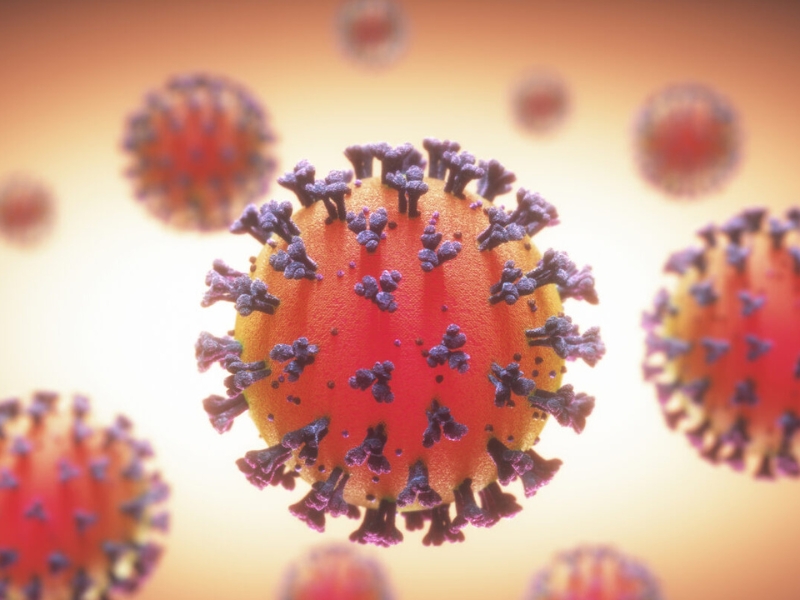Welcome to
the McKetta Department of
Chemical Engineering
#5
Undergraduate Chemical Engineering Program
$2.5M
Awarded in Scholarships
#8
Graduate Chemical Engineering Program
Spotlights
Explore more at the McKetta Department of Chemical Engineering
Undergraduate Research
Classification: Senior
Research area: Photoelectrochemistry
Research group: Dr. Charles “Buddie” Mullins
My role and tasks in the lab: My role includes growing thin film of several micron thick with photo-catalytic activity, and characterizing films by scanning electron microscopy, X-ray diffraction and ultraviolet-visible spectroscopy. The goal is finding cheap, abundant, inorganic materials as photocatalysts to split water into hydrogen and oxygen. Our current interests is TiO2 (titanium dioxide) as photo-anodes.
How my research will benefit society: As fossil fuels on earth are running out, people are looking for sustainable, clean energy sources. Hydrogen could be used as a fuel to power engines as an alternative energy source. Currently, the dominant technology for direct hydrogen production is steam reforming from hydrocarbons, which is not a clean process and depends on fossil fuels. Our research focuses on harvesting the energy from sunlight by semiconductors and splitting water into two nontoxic gases: H2 and O2.
How I plan to use this experience in my career: My goal as an undergraduate researcher is to prepare myself for graduate school. I plan to go to graduate school and teach at university level. Working in Dr. Mullins’ lab provides me the opportunity to explore my capability as a researcher and my personal interests in research.
The most memorable breakthrough in my research group: The most memorable breakthrough is when my colleague, Son Hoang, and I successfully modified hydrothemal synthesis of TiO2 nanowires and increased the aspect ratio of the nanowires by more than five times! As the photocatalytic activity of the material strongly depends on the surface area, this achievement is very important.
My advice to students who plan to do research: My advice to students would be to be active. Work closely with a graduate student to learn a lot. At the same time, do some things on your own so you can grow to be a real researcher. I didn’t grasp the difficulty of doing research until I started to set up my own experiments. My adviser Dr. Mullins once told me that research progress consists of staggering from one failure to the next with undiminished enthusiasm. No one can really become a researcher without working on their own and some trial and error.
Classifcation: Junior
Research area: Polymers
Research group: Dr. Grant C. Willson
My lab role and research: I work with other graduate and undergraduate students on a project with the goal of controlling the self-assembly of silicon-containing block copolymers with nano-sized features. I have performed a variety of post-synthesis tasks in the project using a number of different instruments and techniques. Some examples are depositing thin polymer films on silicon wafers with a spin coater, measuring film thicknesses by ellipsometry, thermally annealing samples in a vacuum oven, etching annealed samples using a reactive ion etcher, and imaging etched samples with atomic force microscopy.
How will this research will benefit society: Block copolymers are one of the possible future paths for microelectronic patterning. We are focused on finding and developing block copolymers that can self-assemble with perpendicular, nano-scale features. These materials could be used to create lithographic templates to produce drives with capacities of more than one terabit per square inch in order to match the increasing demands of the electronic world.
How I plan to use this experience in my career: I have interests in both attending graduate school and working in the materials industry, so my current research gives me exposure to both of these goals.
The most memorable breakthrough in my research group: Recently we had a series of breakthroughs involving a block copolymer synthesized from styrene and trimethylsilyl styrene monomers. Two different annealing methods, introduction to an environment saturated with a vapor polar solvent and thermal equilibration with modification layers at both the substrate and air interfaces, induced perpendicularly oriented features. Fine-tuning these methods and materials could lead to a process useful for large-scale nanofabrication.
My advice to students who plan to do research: Ask your research advisor and lab graduate students questions. They will be glad to answer and assist you. It will be difficult to understand everything at first, but if you continue to ask questions, both the details of your task and the overarching view of the project will become clear.
Classification: Junior
Research area: Cellular and Metabolic Engineering
Research group: Dr. Hal Alper
My role and tasks in the lab: I work alongside graduate student Eric Young, and help him by performing tasks such as restriction enzyme digests, PCRs, mini-preps, genomic DNA preps, ligations, gel extractions, and fermentations. Throughout my time working in the lab, I have been taught a great deal of theory behind each of these tasks. At times, I have been expected to write papers explaining the research we are doing.
How this research will benefit society: By finding a xylose transport protein, we will increase the capacity for yeast to produce ethanol from lignocellulosic biomass, the part of corn and sugarcane that we do not use as food. This will decrease competition for these food sources, increasing their availability in a starving world. It will also help to reduce the price of ethanol. The procedures that we are perfecting in this process can benefit society in an even greater way because they are applicable to both the energy and pharmaceutical world.
How I plan to use this experience in my career: I am interested in working for a pharmaceutical company. Though much of what I do in lab will not be directly transferable to my work in industry, it is helping me to develop a background in many of the processes commonly used. This experience is also expanding my understanding of many metabolic processes and cell characteristics, both of which I expect to be useful in my future career. Furthermore, this experience has taught me how to cope in a field I initially knew nothing about.
The most memorable breakthrough in my research group: This past year my group was able to research the largest survey of xylose transporters to date. This was extremely exciting because it gave us a much greater understanding of the xylose transport mechanism, and brought us a great deal closer to finding an efficient xylose transporter.
My advice to students who plan to do research: My advice is once you start working in a lab, to ask as many questions as you can. Not all professors have undergraduates working in their labs, so if your professor does, it means he wants you there to learn something. Take full advantage of this. You may never get another chance to have such knowledgeable mentors who truly care about your learning experience.
Classification: Senior
Research area: Bioengineering
Research group: Dr. Jennifer Maynard
My lab role and research: I am currently working on a project to develop an oral vaccination delivery system. The system takes advantage of a protein called invasin that bacteria use to invade the body through certain cells (M cells) in the intestines. After antigen is encapsulated in polymeric particles, invasin can be attached to the surface of these particles, allowing them to specifically target M cells which will induce an appropriate immune response against the antigen. My role in the project involves using various protein engineering techniques to increase the affinity of invasin for targeted M cells, and determining the best conditions for creating the particles to optimize encapsulation efficiency and particle morphology.
How will this research will benefit society: This project has widespread implications in improving the quality of life of patients worldwide. First, oral delivery of vaccines will elicit a more natural and complete immune response by using one of the body’s existing methods of antigen sampling. Furthermore, oral vaccinations will increase patient comfort and compliance, while requiring lower administration costs. Finally, since the particle formulation will be stable in powder form, the vaccines can be distributed readily to all areas of the world where storage conditions are not ideal.
How I plan to use this research experience in my career: I plan to attend graduate school, I will likely continue research in bioengineering, and the wet-lab techniques that I have learned from the Maynard Lab will be readily transferable to related research groups. Furthermore, the research experience I gained working in a lab as an undergraduate helped strengthen my applications when I was applying to graduate schools.
My advice to students who plan on doing research: Start researching early. Don’t be afraid to ask professors about research opportunities; most professors are eager to share their research with you. Many students start undergraduate research the summer before their freshman year. Also, experiment with different research areas. Part of undergraduate education is discovering what your interests are and how to pursue them after graduation. Finally, learn as much about your project as possible. Having a detailed understanding of your work helps place all tasks in the context of the overall goal of the research.
Research Areas
-
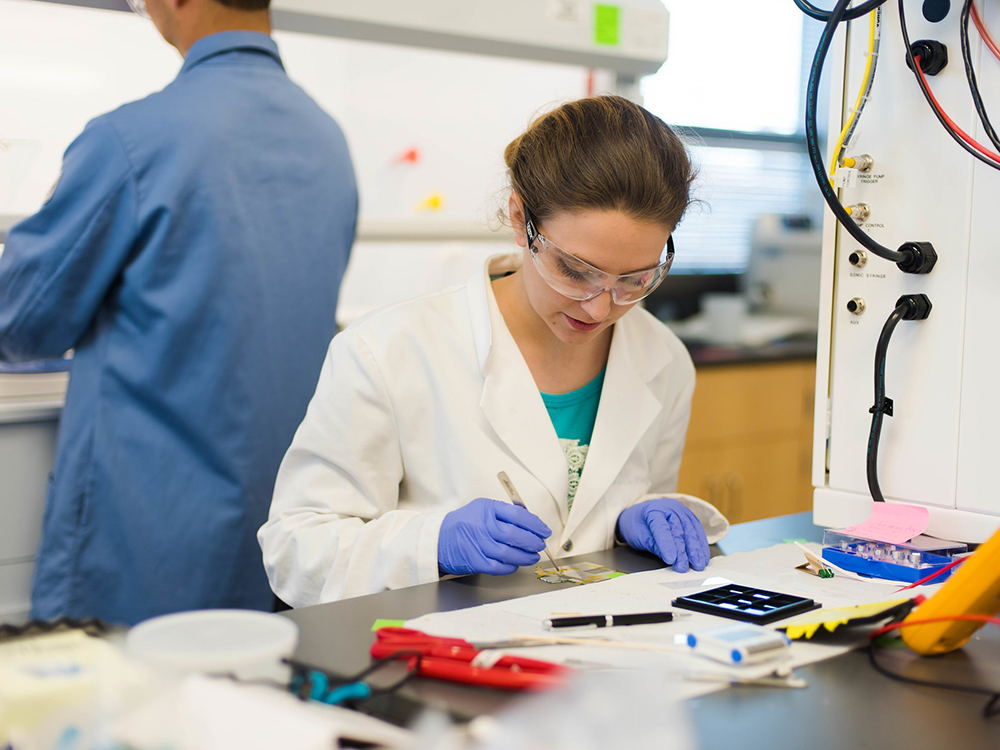 Advanced Materials, Polymers & Nanoengineering
Advanced Materials, Polymers & Nanoengineering
Design and synthesis of inorganic and polymeric materials at the molecular level to achieve desirable properties for a wide range of applications
-
 Bioengineering
Bioengineering
Applying chemical engineering principles for the development of biochemical processes and biomedical applications
-
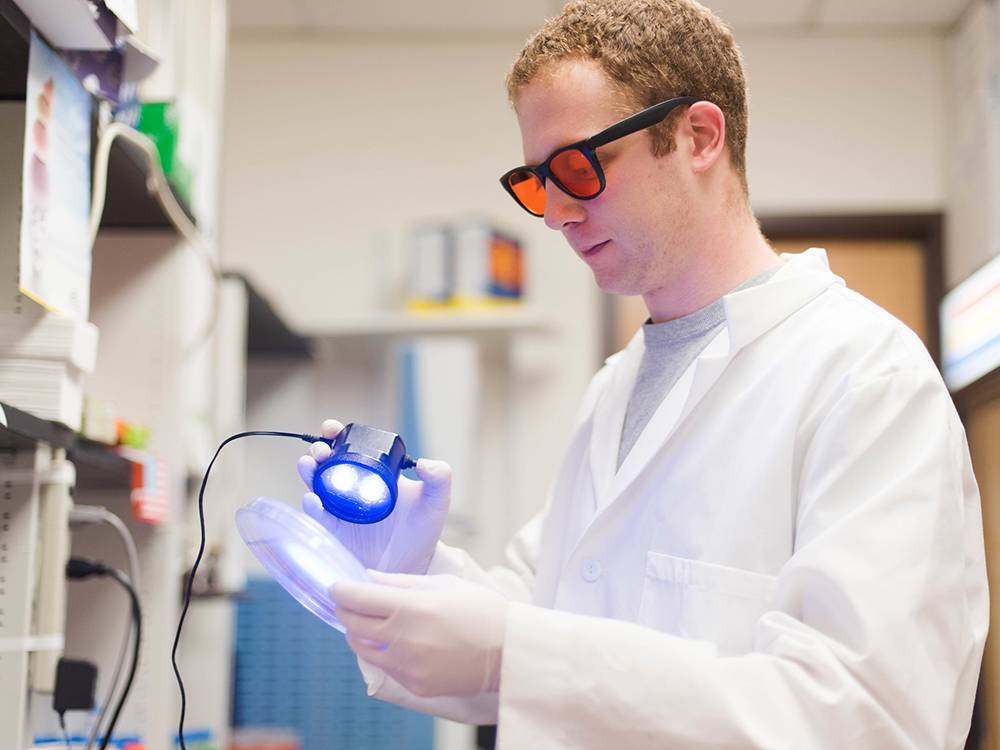 Energy
Energy
The development of photovoltaics, catalysts for fuels from sunlight, and electrical energy generation and storage systems engineering for energy efficiency
-
 Environmental Engineering
Environmental Engineering
Programs to understand the fundamental science and engineering of air and water pollution, and to develop data for informed policy decisions. Process development for CO2 capture and sequestration
-
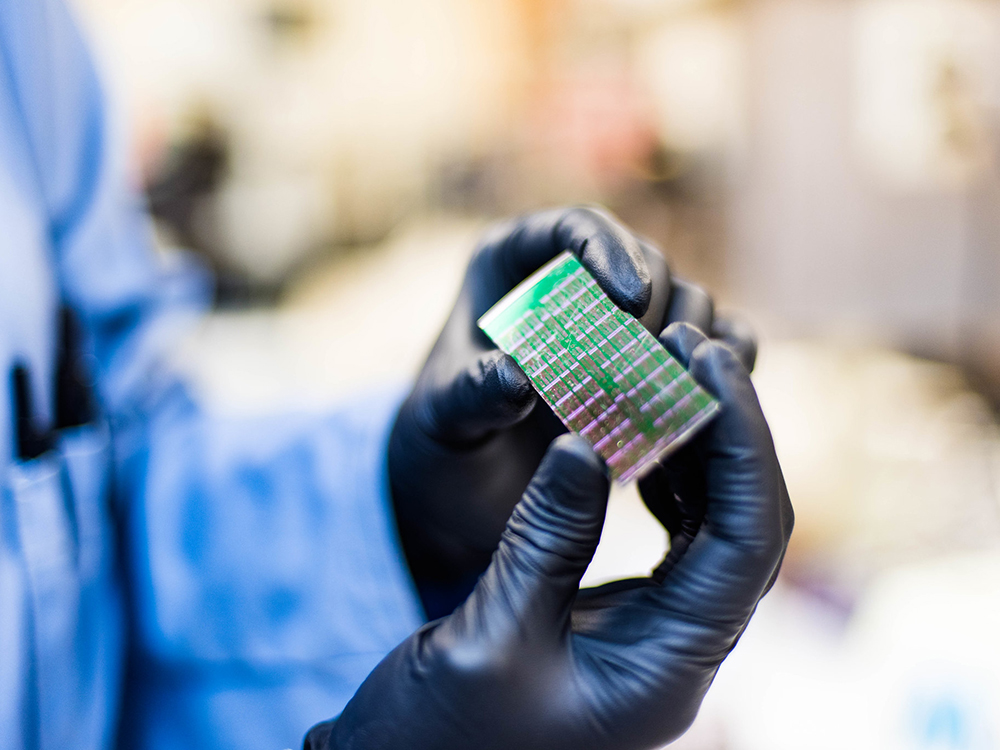 Process Engineering
Process Engineering
Design, modeling, optimization, and control of petrochemical, pharmaceutical, and microelectronic processes
-
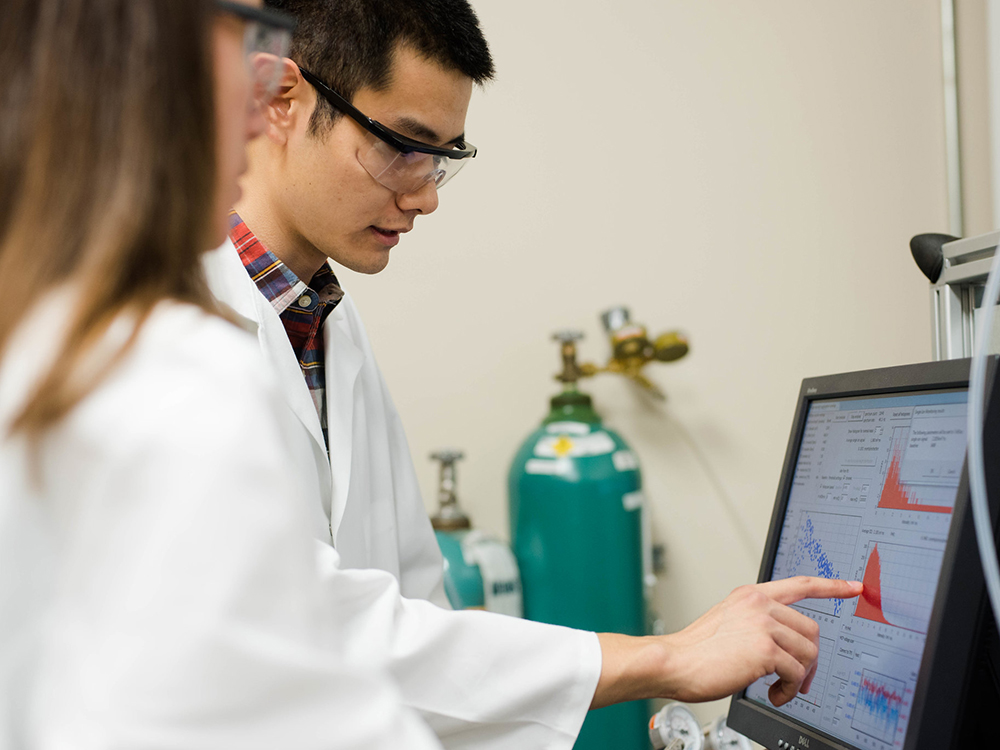 Theory & Simulation
Theory & Simulation
The development and application of multiscale models and high performance computational simulations spanning atomic to continuum time and length scales
Events
Thursday, September 04All Day |
Thursday, September 04External Advisory Council Meeting All Day |
Thursday, September 04ChE Seminar Series: Harnessing Microbial Redox Processes for Sustainable Technologies 3:30 PM - 4:30 PM |
News
‘Conan the Bacterium’ Is Now a Poet

Texas Engineer Lydia Contreras teamed up with renowned poet Christian Bök to encode poetry into a “deathless bacterium.”
Published by Cockrell School on Engineering.
Texas ChE Leadership Change

Dave Allen to serve as interim chair as Delia Milliron has accepted the appointment of Anthony C. Lembke Department Chair of Chemical Engineering at the University of Michigan.
Nicholas Peppas Wins Northwestern’s Kabiller Prize in Nanoscience and Nanomedicine

Texas Engineer Wins Northwestern’s Kabiller Prize.
Ph.D. Candidate Pranav Thacker Selected as a Chevron Energy Graduate Fellow

The Energy Institute at the University of Texas at Austin is pleased to announce this year's recipients of the Chevron Energy Graduate Fellowship Endowment.

